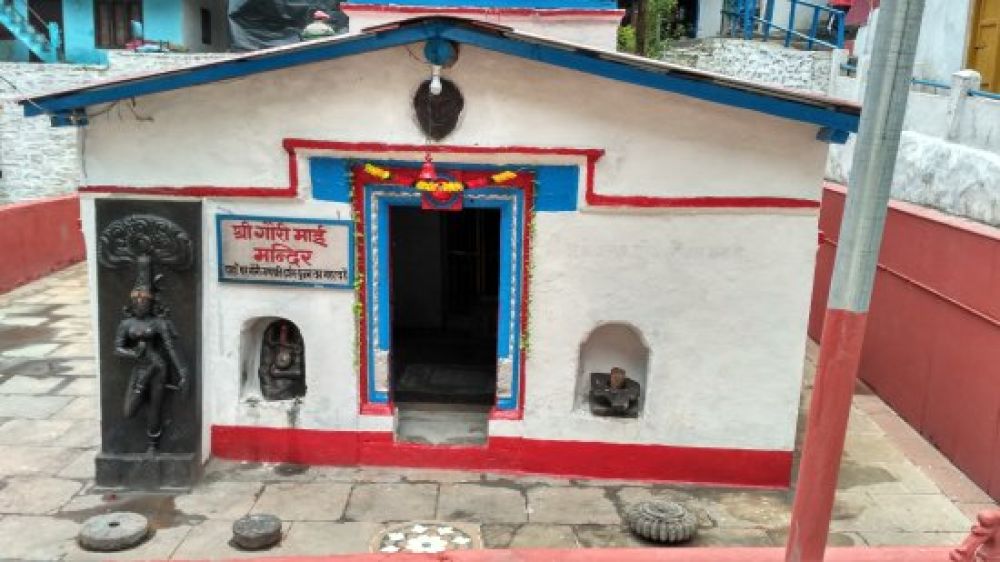

The Gaurikund Temple, situated in the mountainous district of Rudraprayag in Uttarakhand, India, has long been a destination of profound spiritual significance. This temple is dedicated to Goddess Parvati, also known as Gauri. The history of tourism at Gaurikund is intrinsically tied to the temple's religious importance and its role as the commencement point for the revered trek to Kedarnath Temple, one of the Chota Char Dham pilgrimage sites in the Himalayas.
The roots of tourism in Gaurikund can be traced back to the age-old Hindu tradition of pilgrimage, known as 'Yatra'. For centuries, Gaurikund has been the starting point for pilgrims heading towards the holy Kedarnath Temple, making it a bustling hub for spiritual travelers. It is believed that Gaurikund is where Goddess Parvati performed asceticism and penance to win Lord Shiva's affection, leading to their celestial marriage. This mythological lore has drawn devotees to seek blessings at this sacred spot.
The tourism influx to Gaurikund saw a significant increase with the development of better road networks and transportation facilities in Uttarakhand. The advent of motorable roads that connected the lower plains to the Garhwal Himalayas has made it easier for pilgrims and adventurers alike to visit Gaurikund. Over the years, this connectivity has led to a rise in not only spiritual tourism but also eco-tourism, adventure tourism, and cultural tourism in the region.
Modern developments have witnessed Gaurikund becoming equipped with various accommodations and facilities catered for the comfort of tourists. From budget lodges to more comfortable stays, the area around the Gaurikund Temple caters to a range of tourists. Additionally, establishments offering food services, travel guidance, and even pony and palanquin services for the trek to Kedarnath reflect the region's adaptability to tourism demands.
The devastating floods and landslides of 2013 in Uttarakhand impacted the Gaurikund area, leading to a temporary decline in tourist activities. However, bold reconstruction efforts have restored access and even improved infrastructure, signaling a resilient comeback for tourism. The restored paths and amenities have instilled new hope for the revival of Gaurikund's spiritual and tourism appeal.
Recent trends in tourism at Gaurikund revolve around sustainable and responsible tourism practices, aiming to preserve the area's spiritual aura and natural beauty. Eco-friendly initiatives such as waste management programs and awareness campaigns for preserving the sanctity of the Himalayas are gaining prominence. Moreover, with wellness tourism gaining traction worldwide, Gaurikund offers a serene environment for activities like meditation and yoga, with the temple's sacred atmosphere and stunning Himalayan backdrop acting as a natural catalyst.
The outlook for tourism at Gaurikund Temple appears bright, with ongoing efforts to enhance visitor experience and promote year-round tourism. Local authorities and stakeholders are continuously working to ensure that the religious charm, cultural values, and pristine surroundings of Gaurikund are maintained, while simultaneously enabling visitors to enjoy its timeless appeal in a sustainable manner.
In conclusion, Gaurikund Temple has evolved from a spiritual retreat for pilgrims to a multifaceted travel destination that attracts a diverse set of visitors each year. As tourism trends evolve, Gaurikund continues to adapt, promising to be a cherished site for generations to come.